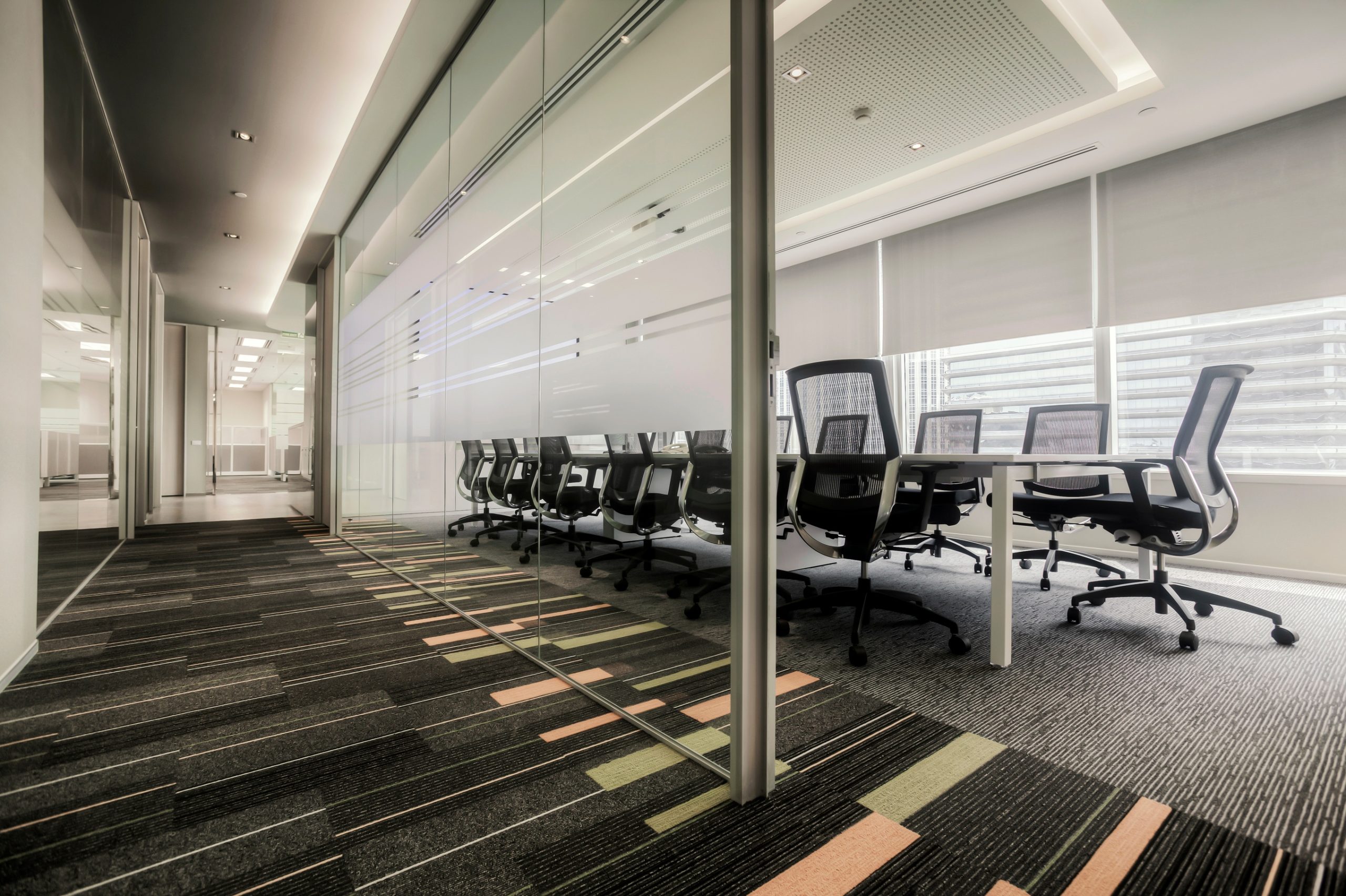When you’re running a small or mid-sized company and operating within a modest-sized office building, it can be a little tricky to manage space. The employees within your four walls have countless requests – open spaces, quiet spaces, rooms to read, rooms to talk, places to work hard, places to take a break. It can be difficult to juggle all of these concerns and make everyone happy, especially when you’re working with a finite amount of office space.

Successful facilities management in these situations is all about creativity. You may not have the square footage to accomplish everything you put your mind to, but if you’re willing to show some flexibility and do some outside-the-box thinking, you may be able to do more with less.
Part of the solution is having adaptable rooms. Your employees’ desires with their office spaces are likely to evolve a great deal over time, and the changes aren’t always predictable. By showing a willingness to adapt and use different kinds of rooms, you can cater to your workers’ changing habits.
Inc. Magazine recently discussed the different kinds of “must-have” office spaces that workers are demanding these days. Denise Mieko Cherry, a corporate real estate expert and the principal of San Francisco-based interior design firm Studio O+A, believes that breaking away from the boring cubicle-centric model is the key to creating an innovative office space that workers will enjoy.
“For decades, seas of uninspired cubicles hindered collaboration, but today’s open-plan offices can leave workers exposed, with little opportunity to concentrate,” Cherry wrote. “Regardless of which type, monotonous office design can fail you. Whichever direction the pendulum swings, too much of one thing can certainly be a bad thing. The majority of workplaces that we at O+A design are indeed open and collaborative.”
In order to make the most of your space, you need to mix things up. Here are four different kinds of rooms you may decide to mix into the rotation.
Libraries
On a college campus, students view the library as a place they can go to sit, read and study quietly without interruption. Workplaces should be designed in a similar fashion. Many professions, especially in fields like editing and publishing, require that employees take some quiet reading time for themselves. Having a sanctuary for this activity can be a tremendous boost to productivity, and it’s not at all difficult to arrange.
Town halls
A good office is built around a sense of community, and often that means people will want a place to congregate and discuss workplace issues in large groups. Meeting rooms are nice, but what’s even nicer is a larger, more open space. Having a “town hall” area in the office will change your company’s culture, establishing your workplace as a locale where free speech and honest dialogue are valued.
Shelters
Some situations call for a big town hall meeting, but at other times, a modest-sized group discussion is more preferable. Having small meeting rooms is just as important as having big ones – if an employee needs to sit down for a chat with one or two co-workers, it’s better to do so in a separate room than in the middle of an open office where others are trying to work.
Living rooms
In your home, you no doubt appreciate having a living room where you can sit and relax. Your office can be the same way. By having rooms set aside for employees’ leisure time, you can increase morale around the office. Everyone likes having a place to blow off steam, and if you account for this, your workplace will be much better off in the long run.
These four rooms are all valuable parts of a modern office. If you don’t have adequate space for all four, you’ll have to mix and match to find a combination that works.
